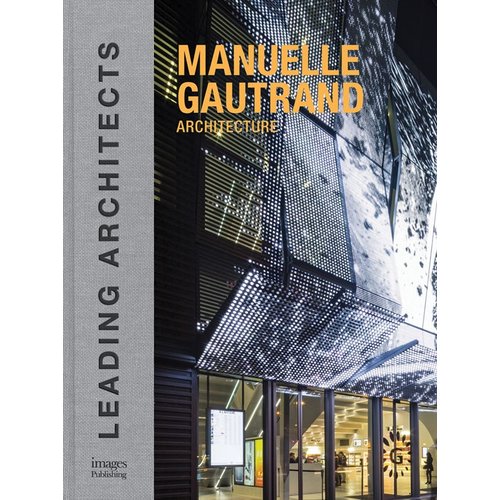In a case that could have larger implications for the architecture profession, an Ohio firm has sued a client after being fired, with the hope of being put back on the job.

Karlsberger, a mid-sized firm based in Columbus, claims that nearby Ohio State University acted in bad faith this fall when it terminated a contract for a $1 billion, 1-million-square-foot expansion of its medical center. The glassy, soaring addition, which is to feature 480 beds and a cancer center, is the largest construction project on campus to date.
Healthcare-focused Karlsberger, which was the architect of record on the project, alongside design firm HOK, won the commission in September 2008 through a public bidding process.
But a year later, during a September 30 meeting in one of Karlsberger’s conference rooms, university officials suddenly asked the firm to drop the project voluntarily without providing an explanation. Because Karlsberger refused, the firm was officially let go on November 4. HOK, on the other hand, was retained, and another local firm was brought on board.
That lack of a stated cause violates open-government laws, says Karlsberger, which should be reinstated since its contract wasn’t properly terminated and remains “in full force and effect,” according to the eight-count complaint.
Short of that, the firm is seeking damages of $32 million, or its share of the commission, though the suit also alleges that at the very least Ohio State owes Karlsberger $1.29 million for already-completed drawings.
“I don’t think anyone ever wants to go out and sue a big institution,” says Mitchel Levitt, president and chief executive of Karlsberger, a 70-employee firm that has designed medical facilities in Washington, D.C., Miami, and Austin, Texas, including some for universities. “But any firm has to protect their organization when a client is taking advantage of them, from a reputational standpoint.”
For its part, the Ohio State acted aboveboard, university officials say, since its contract with Karlsberger clearly states that the school could let the firm go at any point without having to explain why. As for the firm’s supposedly unpaid invoices, Ohio State has shelled out $681,930, which covers all work performed, according to university spokesman Jim Lynch.
“We understand that the company is upset with our decision,” he says. “But there is absolutely nothing improper about a party exercising its right to terminate a contract.”
In the meantime, on December 10, after requests for a new round of proposals, Ohio State announced that HOK will expand its current duties to become the project’s architect of record, too.
Joining it is Moody-Nolan, a Columbus practice with a healthcare emphasis that competed against Karlsberger in 2006 for the medical-center commission, says Curtis Moody, FAIA, the firm’s chief executive.
Moody added that Ohio State did not require Dallas-based HOK, or other firms submitting project proposals, to have a local partner. But a local connection may have tipped the scales in HOK’s favor, Moody says.
“When we partner in other cities, we tend to seek a local firm even when it’s not required,” especially if that local firm has experience with the client, he adds. Indeed, Moody-Nolan has designed other Ohio State projects and is currently teamed with HOK to design a hotel for Columbus’s convention center.
While the HOK-Moody-Nolan team was picked from a whittled-down list of three candidates, the fix was in for the pair from the get-go, alleges Karlsberger in its suit, which suggests Karlsberger was edged out to make way for its replacement.
The new request for proposals was “written in such a way as to give an improper advantage to HOK and firms friendly to HOK,” the suit says. An HOK spokesman declined to comment while the case is pending.
Without knowing particulars, some legal experts predict Karlsberger, like any rejected party in a contract, has a steep hill to climb to win its case.
“It’s highly implausible to say, ‘You must use these people,’ just like it would be with any football player, or actor,” says Stewart Sterk, a real-estate law professor at Cardozo Law School in New York City, who is not connected with the case. “Normally, you can’t take steps to harm the other party in a contract. But how is that different than acting in your own self-interest?”




Post a comment to this article
Report Abusive Comment